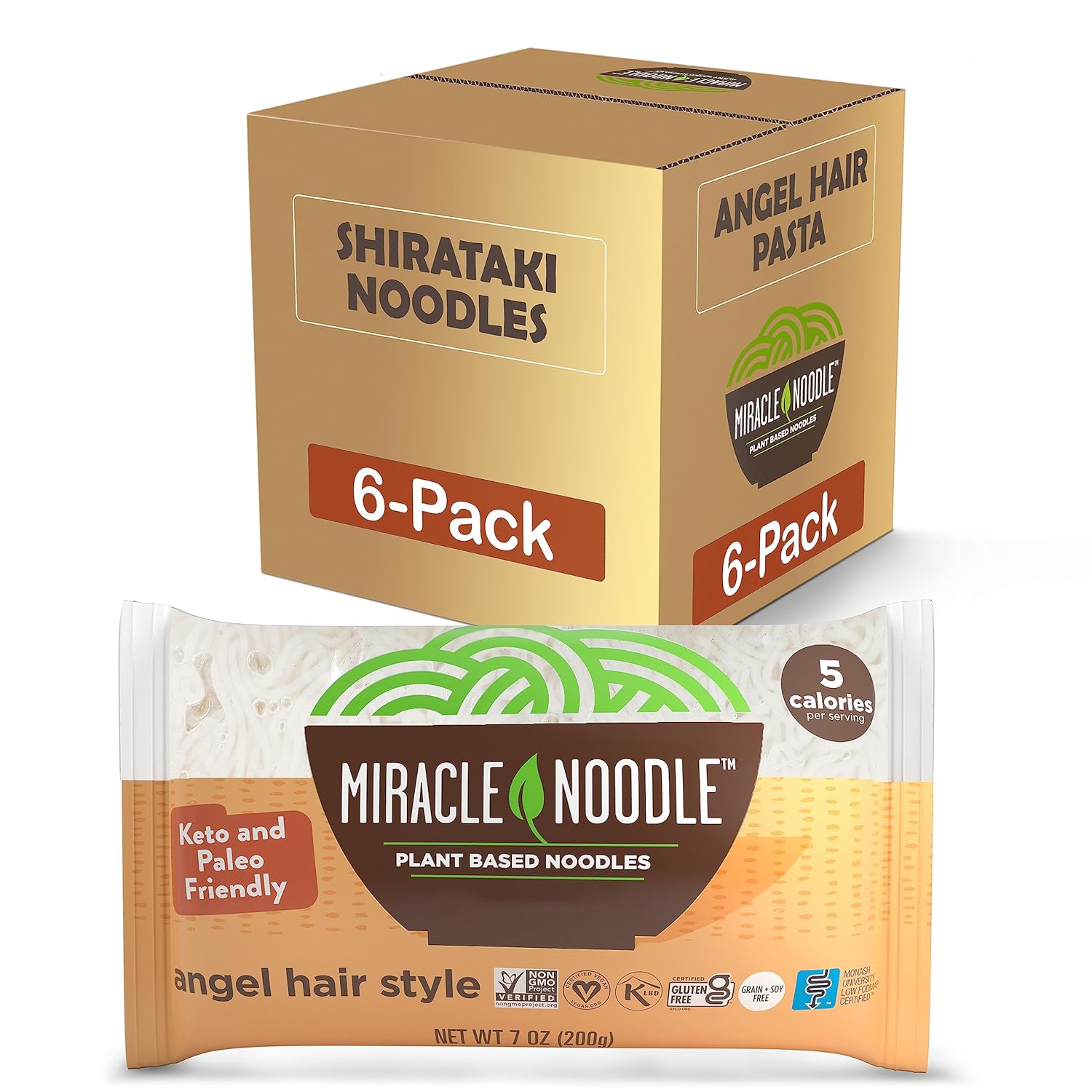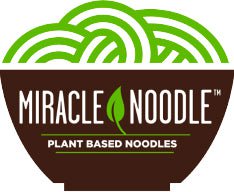Miracle Noodle Founder and President, Jonathan Carp, M.D. recently hosted a webinar covering the dangers of high sugar consumption. In the lecture, Dr. Carp revealed what exactly happens to the body when consuming sugar, why it’s so difficult to stop eating it, and the 56 different names for sugar in processed foods.
When you think of addiction support groups, what comes to mind? Most likely it’s alcohol and narcotics, not sugar. But arguably, sugar can have the same addictive power as alcohol and drugs. That’s because sugar acts on the same pleasure center of the brain as opiate drugs. Unfortunately, people are often unaware that they are eating processed foods that activate the brain’s opioid receptors.
Most people are aware on some abstract level that sugar is harmful to health. But unlike the obvious ravaging effects of, say, heroin addiction, relatively few people are aware of the deleterious metabolic effects sugar plays on the body.
Just like certain people are more susceptible to alcohol addiction, Dr. Carp, referencing the research of Dr. Robert Lustig, says that a percentage of the population most likely has a genetic susceptibility to sugar addiction.
Is Wheat Fuelling Sugar Addiction?
Wheat might not technically be a sugar, but it is the most predominant starch in processed food that gets metabolized into sugar. Although wheat deserves some culpability for the obesity and diabetes epidemic—wheat activates the brain’s opiate receptors—gluten might not be the actual villain. Rather, it’s a particle in gluten that’s called gliadin that makes modern wheat problematic.
Dr. Carp says that gluten levels have remained virtually unchanged over the years, but that gliadin has significantly increased. Not only can gliadin cause wheat sensitivity, it can also contribute to sugar addiction because it increases appetite and binds to opiate receptors. When you eat processed wheat, you’re more than likely to eat over 400 more calories a day than if you didn’t have modern wheat.
Unless you have a true allergy to wheat like Celiac Disease, again, you may be able to eat wheat, provided that it’s a heirloom variety that hasn’t been cross-bred to increase the gliadin molecules. Emmer wheat (Einkorn) is one example of heirloom wheat.
Dairy & Sugar Addiction
When milk is digested, a protein fragment called beta-casomorphin is released. Take a look at the last two syllables in “casomorphin.” Sound familiar? There’s a good reason it’s similar to morphine.
Like the opioid pain-relief medication, morphine, this milk compound activates the opiate receptors, which is why Dr. Carp says that it’s very difficult for people to kick the dairy habit. (Interestingly, both spinach and soy also activate opioid receptors, albeit at much lower levels.)
The Difference Between Glucose & Fructose
Regular table sugar is sucrose, which is an equal combination of glucose and fructose. As you’ll see, not all sugar is created equal, and it’s very important for your health to distinguish the difference between glucose and fructose.
Glucose is what your body runs on. Your brain, muscles, tissues, organs and cells rely on glucose for energy. When used as an additive, glucose is not as sweet as fructose. And not only that, it doesn’t stimulate the reward center of the brain. Therefore, it doesn’t have the same addictive properties as fructose.
You can actually buy glucose syrup (Karo syrup), which Dr. Carp considers “somewhat healthier than fructose.” Molasses, a mineral-rich syrup, is another glucose-rich sweetener that is on some level healthier than fructose.
So why is fructose so bad, especially if it’s the main sugar found in fruit? It’s the fiber in fruit that makes fruit less dangerous of a sugar than processed foods. That being said, if you have a metabolic disorder, you should limit your consumption of tropical fruits, which are lower in fiber and higher in sugar.
Your Body Doesn’t Need Fructose—But It’s Everywhere
Fructose is much sweeter than glucose. This is the reason why food manufacturers add inexpensive high fructose corn syrup. Not only does fructose activate your taste buds, it lights up the reward center of your brain. This is why it’s so easy to become addicted to sugar.
But unlike glucose, the body doesn’t require fructose for any metabolic function. Even with ultra low-carbohydrate ketogenic diets, in which the body uses fatty acids for fuel, glucose levels are regulated to maintain cellular function.
Your liver turns fructose into liver fat (triglycerides). Having high triglyceride levels can lead to fatty liver disease. Dr. Carp says that prior to 1980, virtually every case of fatty liver disease was caused by excess alcohol consumption. Nowadays, non-alcoholic fatty liver disease is an epidemic, affecting 10% of children and 25% adults.
Dr. Carp lists three causes of fatty liver disease other than alcohol:
- Corn-fed beef
- Trans fats (These are fake hydrogenated fats that are added to processed baked goods for shelf stability. They are so deadly that certain municipalities such as New York have banned them.)
- Fructose
The Toxic Side Effects of Fructose
When you consume fructose, the sugar molecules bind to proteins, creating a harmful reaction in the body called glycation. Collagen is the body’s most abundant protein, which provides structural integrity to the skin and other tissues in the body. Eating a diet high in fructose (as well as blackened/grilled meats) causes a cavalcade of advanced glycation end-products (AGE) in the body.
With the “AGE-ing process” sugar interferes with collagen’s ability to maintain structural integrity. So it’s not entirely the ageing process that’s to blame for wrinkles, cataracts, and the stiffness of arteries and tendons as well as Alzheimer’s Disease, etc.; Glycation is a major culprit. Avoiding fructose as much as possible may actually inhibit the ageing and AGE-ing processes.
These are just some of the toxic side effects of sugar Dr. Carp mentions in the webinar, Understanding Sugars And How They Affect Your Health.
Watch the webinar so you can also learn the 56 different names of sugar.
Watch the video replay here.



